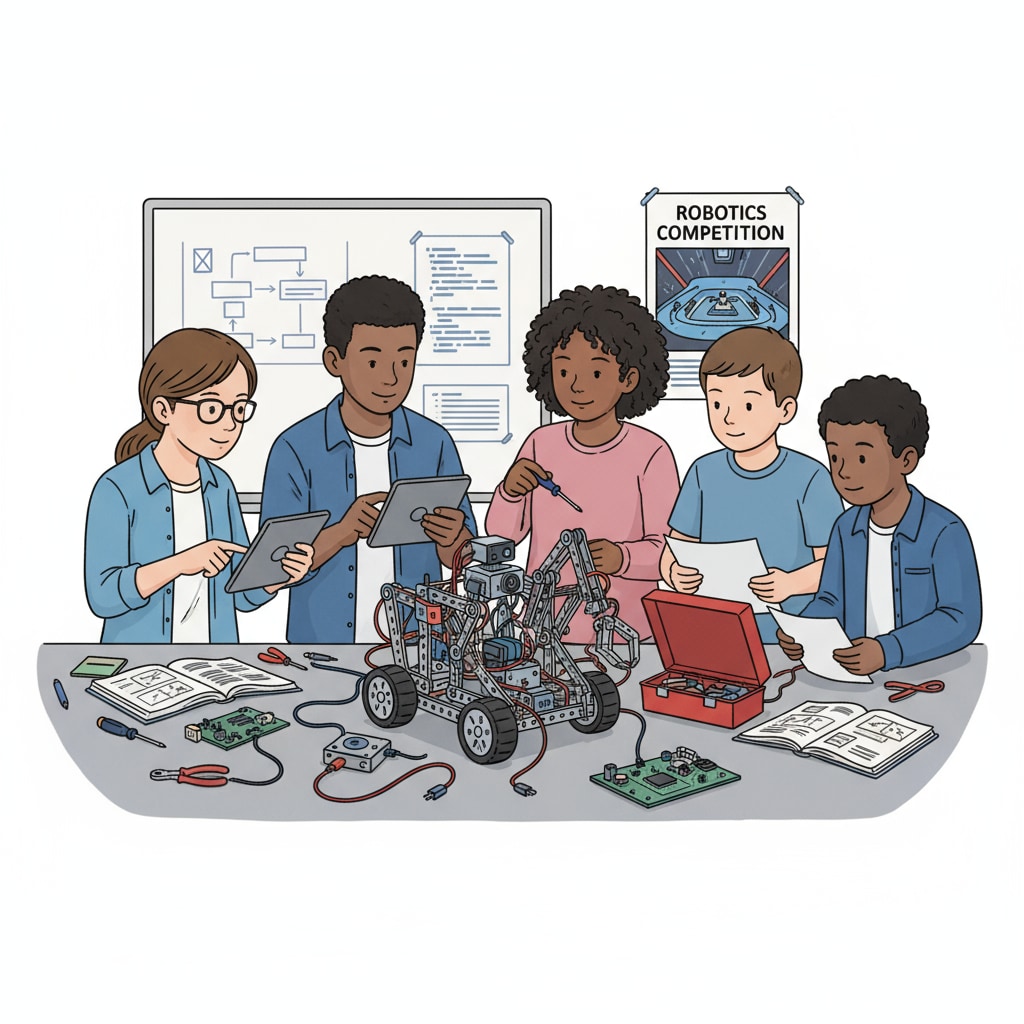For high school students aiming to apply to STEM universities, extracurricular activities and volunteer services play a crucial role. These experiences not only enhance your skills but also make your college application stand out.

Let’s explore some excellent options to help you build a strong application profile.
Competitive Edge: STEM Competitions
Participating in STEM competitions is an outstanding way to demonstrate your passion and proficiency in the field. Competitions like the International Science and Engineering Fair (ISEF) ISEF on Wikipedia and the Math Olympiad provide a platform to showcase your problem-solving abilities. In these competitions, you’ll face challenging tasks that require in-depth knowledge and innovative thinking. For example, in a robotics competition, you might need to design and program a robot to complete specific tasks. This hands-on experience not only sharpens your technical skills but also shows your ability to work under pressure and collaborate with a team.

Hands-on Learning: Research Projects
Engaging in research projects allows you to delve deeper into your chosen STEM field. You can work with a mentor at a local university or research institution. This could involve conducting experiments, analyzing data, or developing new theories. For instance, if you’re interested in biology, you might assist in a research project studying the impact of environmental factors on plant growth. Research projects not only give you a taste of academic research but also help you develop critical thinking and analytical skills. As a result, it makes you a more attractive candidate for STEM university admissions.
Readability guidance: As seen above, we use short paragraphs to convey information clearly. Each H2 section focuses on a key aspect of STEM-related extracurriculars. We also incorporate examples and transition words like ‘for example’ and ‘as a result’ to enhance readability.
Making a Difference: Volunteer Services
Volunteer services related to STEM are another great addition to your application. You can volunteer at a local science museum, teaching children about basic scientific concepts. Or you could participate in community projects aimed at improving environmental sustainability. These experiences show your sense of social responsibility and your ability to communicate complex STEM ideas to a wider audience. For example, volunteering at a nature reserve might involve leading educational tours for school groups, explaining the importance of biodiversity. This not only benefits the community but also enriches your own understanding of STEM.
In conclusion, when applying to STEM universities, carefully choosing extracurricular activities and engaging in meaningful volunteer services can significantly boost your chances of success. By participating in competitions, conducting research, and volunteering, you’ll not only build a strong application profile but also develop the skills and passion needed for a successful career in STEM.


